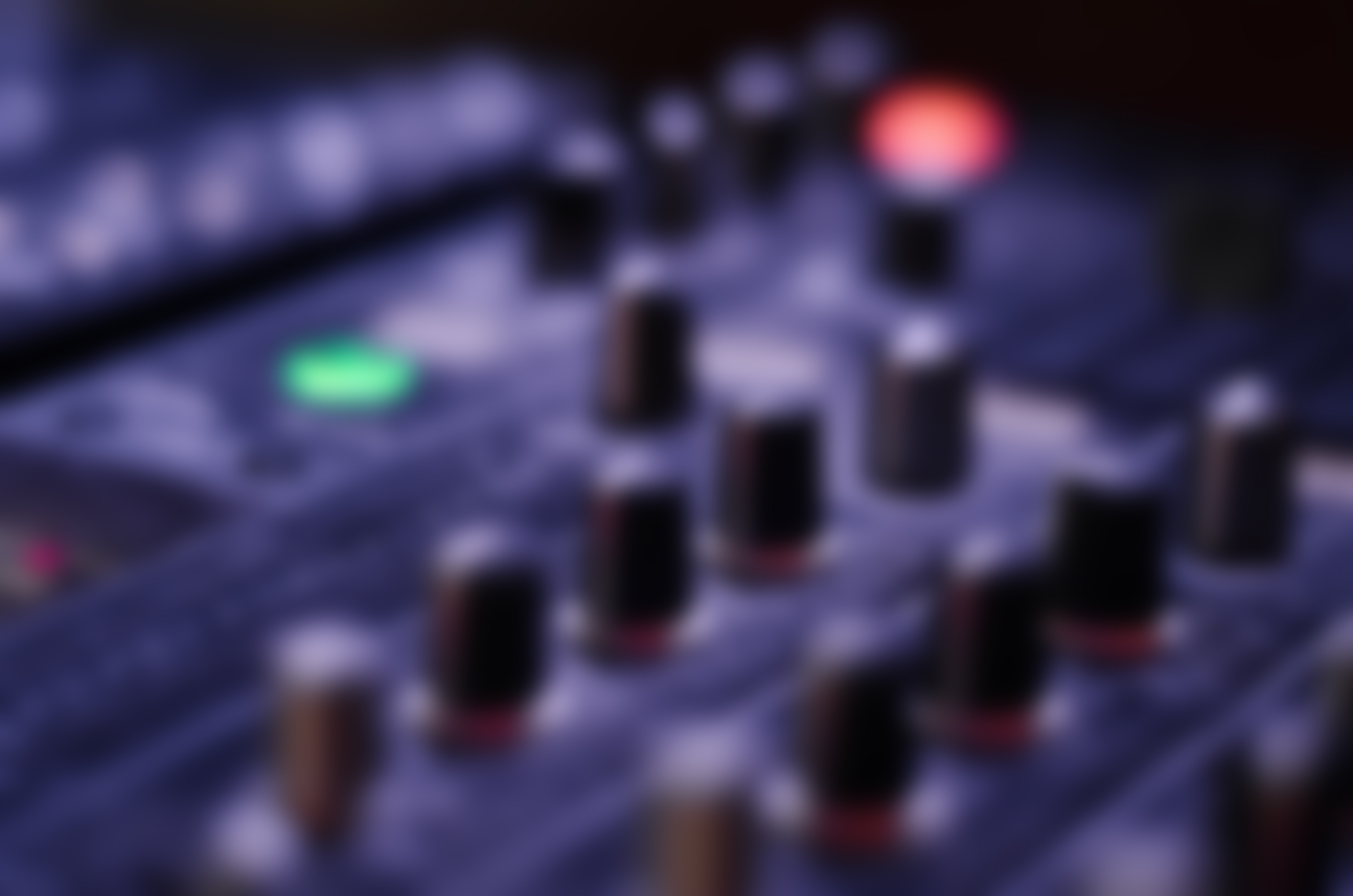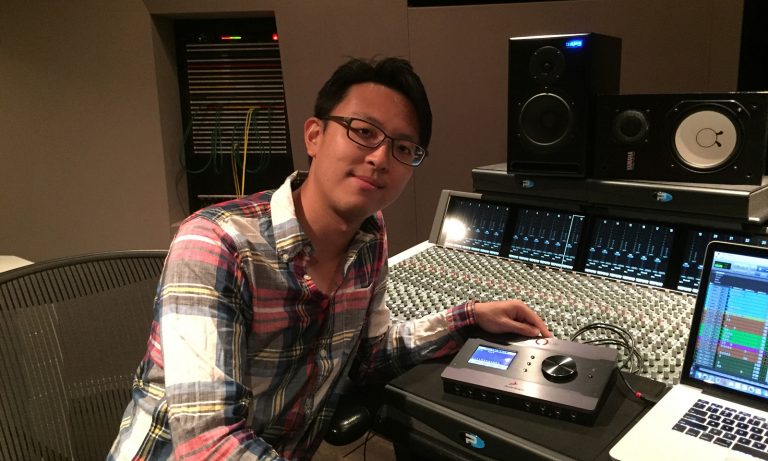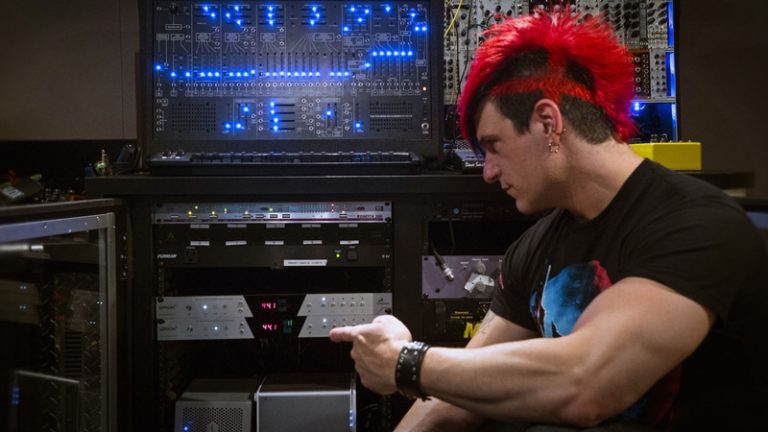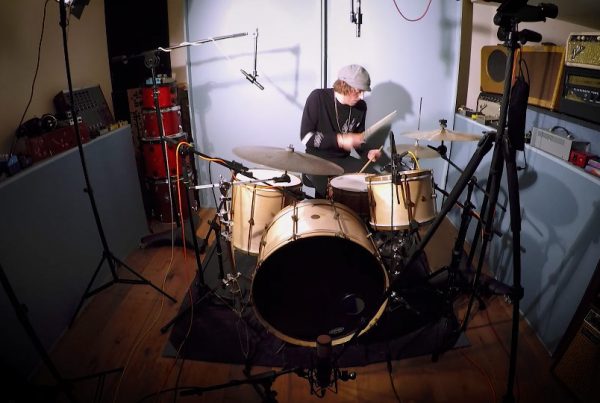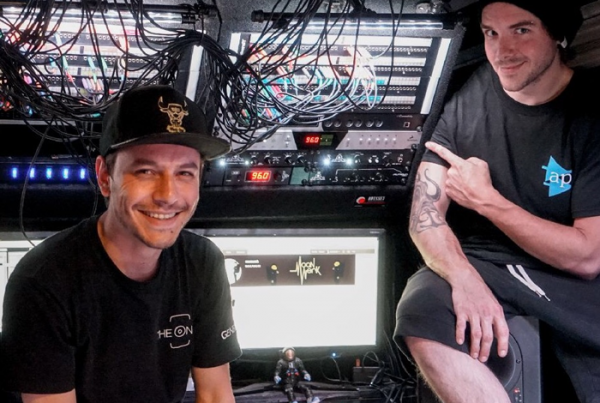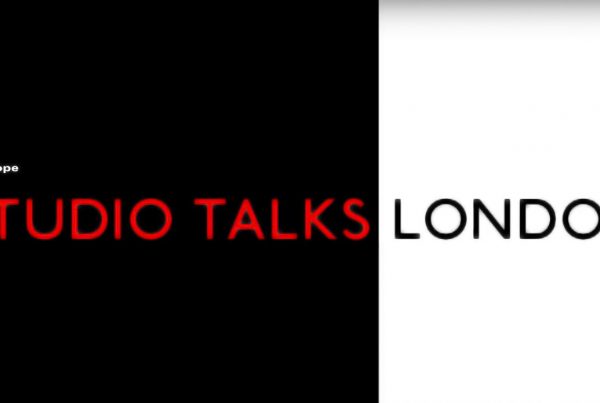— After many researches, I was told about a USB audio interface with 32 I/O for a very interesting price and a great sound, and that was what I was looking for —
Matteo Cantaluppi, Mono Studio, Milano (Italy), www.matteocantaluppi.com
I would definitely say that my workflow approach has changed a lot in the past two years. When I decided to move from Milan to Berlin, my intentions were to mainly carry on working with my clients in Italy. I still own a traditional recording studio in Milan, I use it almost every month, but after many years of work as a producer and mixing engineer, I began experimenting with different ways to do mixes.
In Berlin I started doing ‘online’ mixing, in the box, with my laptop, Pro Tools 11 and several plug ins. After more than a year, I realized that I wanted to finalize my mixes in different studios, to add ‘colour’ to tracks. I was missing the feeling of touching knobs and faders, and the mixes sounded too flat for my taste. Anyway, ‘ITB’ working has the big advantage to let you recall mixes instantly, and most of all, you’re no longer forced to complete the job in one day or two. Now that I’ve got more time to work, that possibility is very important for me. After many researches, I was told about a USB audio interface with 32 I/O for a very interesting price and a great sound, and that was what I was looking for – The Orion 32.
My set up now is perfect: when I’m in Berlin, I can start mixing in my home studio, creating my sub groups such as drums, percussions, bass, guitars, etc…using lots of plugins and with automation. Then, I can go to a studio with an analogue mixing board, depending on the type of colour I want to add (for example an electronic project needs something different than an acoustic one). It can be a modern console, or a vintage one. For me the right environment is very important too (enough light, being in the countryside or in a big city, etc…).
I just go to the studio with my laptop and the Orion 32, and I can connect the interface outputs to their system. My subgroups can be further processed by the EQ or the console dynamics, and I can add external processors such as reverbs and delays; no matter if I’m in a 50’s East Berlin building or in the middle of the Tuscany countryside.
All of this may sound simple, but it’s the result of a couple of years of experiments and thoughts. For me, this is a real revolution. The Orion is very stable, the Matrix is easy to use and the price is incredible. It is the only USB interface that works so good havin so many inputs and outputs. Also the Madi and Optical connections are incredibly useful if you need to digitally connect the Orion to external converters.
Last, but not least: it is light and transportable, that is very important if you travel a lot.

